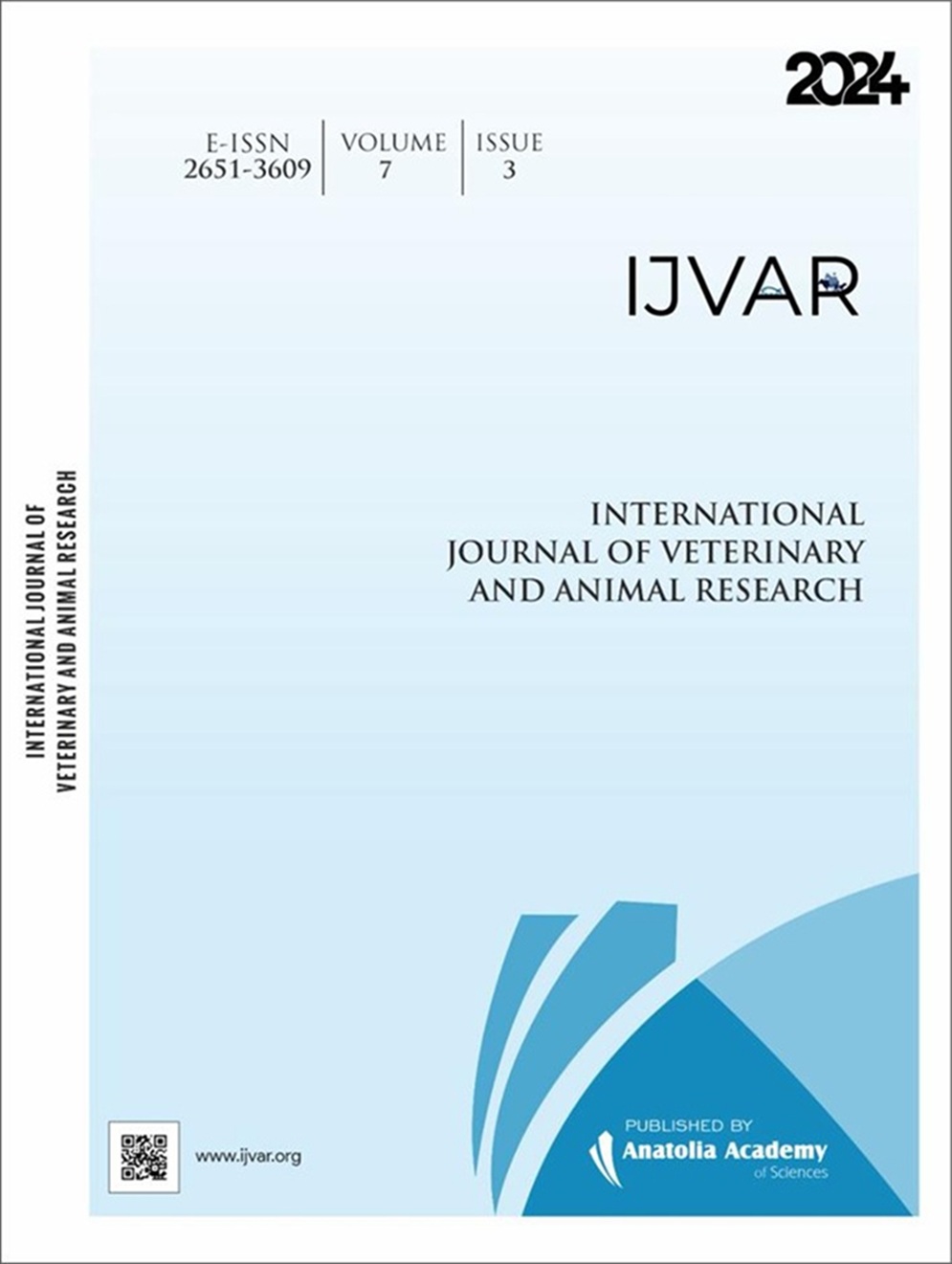Investigation of the Antibacterial Effectiveness of Various Licensed Surface Disinfectants
Keywords:
Antibacterial effectiveness, E. coli, P. aeruginosa, S. aureus, Surface disinfectantsAbstract
The concept of hygiene has become more important today due to pandemic infections. Many products on the market have been licensed, but whose antibacterial effectiveness has not been checked later. For this reason, the study aimed to determine the antibacterial activities of surface disinfectants available in the market for public and personal use, based on the international standard. Eight different surface disinfectants, licensed from the authority and for public and personal use, were collected and processed without any dilution (100%). In the study, standard strains Staphylococcus aureus (S. aureus) (ATCC 6538), Escherichia coli (E. coli) (ATCC 10536), and Pseudomonas aeruginosa (P. aeroginosa) (ATCC 15442) were used. Exposure conditions; it was done for 5 minutes and under clean conditions (0.3 g/L bovine albumin solution) at room temperature (22-24℃). It was determined that the eight surface disinfectants included in the study showed different levels of antibacterial activity. When the logarithm differences and antibacterial activities of surface disinfectants are examined as percentages; while the logarithm difference of three disinfectants against the three bacteria examined was ≥ 5; the logarithm difference of five disinfectants against two bacteria is ≥ 5; the percentage of those effective against all three bacteria was 37.5%; the percentage of those effective against both bacteria was found to be 62.5%. Due to the improprieties detected in the antibacterial activities of the surface disinfectants examined, when their antibacterial activities are examined, although they are licensed, it is seen that the products do not provide the specified antibacterial activity. The selection of disinfectants used to neutralize bacteria that cause infections, the determination of their antibacterial activities, and the sustainability of the determined antibacterial activity are of great importance. For this reason, it is necessary to check the antibacterial activities of disinfectants even after the registration stage and to select disinfectants according to their effectiveness to prevent infections.
References
BS EN 13727: 2012+A2: 2015. Chemical disinfectants and antiseptics - Quantitative suspension test for the evaluation of bactericidal activity in the medical area - Test method and requirements (phase 2, step 1)
Choi HY, Lee YH, Lim CH, Kim YS, Lee IS, Jo JM, Lee HY, Cha HG, Woo HJ, Seo DS. 2020. Assessment of respiratory and systemic toxicity of Benzalkonium chloride following a 14-day inhalation study in rats. Particle and Fibre Toxicology, 17(5):2-19.
Gessi A, Formaglio P, Semeraro B, Summa D, Tamisari E, Tamburini E. 2023. Electrolyzed Hypochlorous Acid (HOCl) Aqueous Solution as Low-Impact and Eco-Friendly Agent for Floor Cleaning and Sanitation. International journal of environmental research and public health. Int. Environ. Res. Public Health, 20(6712): 2-17.
Kameda T, Oka S, Igawa J, Sakamoto M, Terada K. 2022. Can hypochlorous acid be a powerful sanitizer to replace alcohol for disinfection? -Its bactericidal, degradation of the solutions under various storage condition, and steel rust effects. Dental Materials Journal. 41(1):167-183.
Kayan S, Altanlar N. 2021. Investigation of the antimicrobial activities of some disinfectants and antiseptics which are frequently used in hospitals. Journal of Faculty of Pharmacy of Ankara University. 45(2):297-308.
Mataracı E, Gerçeker AA. 2011. Çeşitli dezenfektanların minimum bakterisidal konsantrasyonlarının Pseudomonas Aerugınosa’nın biyofilm kültürlerine karşı araştırılması. ANKEM Derg, 25(4):209-214. Doi: 10.5222/ankem.2011.209
Özbek ÖA. 1997. Yüzey dezenfektanlarının bakterisidal etkinliğini belirlemede kapasite, taşıyıcı ve süspansiyon yöntemlerinin karşılaştırmalı değerlendirilmesi. Dokuz Eylül Üniversitesi Tıp Fakültesi Mikrobiyoloji Ana Bilim Dalı, Tıpta Uzmanlık Tezi, İzmir.
Practice Guidance for Health Care Environmental Cleaning, 3rd eBook, 2022
WHO, 2021. Application for Inclusion in the 2021 WHO Essential Medicines List. Hypochlorous Acid (HOCl) for disinfection, antisepsis, and wound care in Core Categories 15.1, 15.2, and 13. Briotech, Inc. 14120 NE 2ooth St Woodinville, WA 98072 USA. Page: 1-57.
Downloads
Published
How to Cite
Issue
Section
License
Copyright (c) 2025 International Journal of Veterinary and Animal Research (IJVAR)

This work is licensed under a Creative Commons Attribution-NonCommercial-NoDerivatives 4.0 International License.







